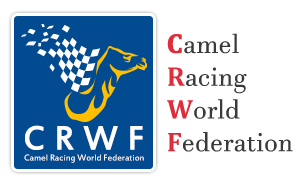Camel Racing Sport
Camel racing, sport of running camels at speed, with a rider astride, over a predetermined course. The sport is generally limited to running the dromedary—whose name is derived from the Greek verb dramein, “to run”—rather than the Bactrian camel.
Camels are customarily used as a means of transportation and are reared for their meat, milk, and hides. Camel racing is as old as history itself. On the Arabian Peninsula, the native habitat of the dromedary, it can be traced to at least the early Islamic period, in the 7th century CE. Although traditionally overshadowed by horse racing in that region—the peninsula is home to the Arabian horse—the racing of camels was long a folk sport practiced by the local population at social gatherings and festivals.
This tradition of impromptu and informal competition continued in Arabia and elsewhere until the final three decades of the 20th century, when interested parties began to organize camel racing into a formal sport, similar to that established for Thoroughbred horse racing. Organizations were established to govern and control camel racing events and to formulate rules and regulations. In countries as diverse as Kenya, Sudan, Egypt, India, and Australia—but particularly in the Arab countries of the Middle East—the sport became extremely popular, spawning its own training, breeding, and research industries.
Camels are now specially raised for the track, using carefully controlled methods of breeding, training, and nutrition. Special artificial insemination and embryo transfer techniques are used for crossbreeding select lineages. In the United Arab Emirates (UAE), which is the centre of camel racing in the Middle East, sophisticated training methods, such as working animals on treadmills and in swimming pools, are used to prepare racing camels for competition, and the local government encourages breeding programs and provides subsidies to camel owners and breeders. A well-bred racing camel with an excellent track record can sell for a high price.
Rules governing racing vary from country to country. In the UAE, where camel racing takes place from October to April (the coolest time of the year), a race is generally between 25 to 30 registered entrants. Prior to races, trainers and owners gather with their participating animals to decide distances and determine how races are to be handicapped. (Unlike Thoroughbred horse racing, where the handicapper plays an important role, here the trainers decide the distance and the class in which a particular camel races.) Handicapping is mainly based on breed, age, and sex. Courses are laid out over distances that vary depending on the age of the…

